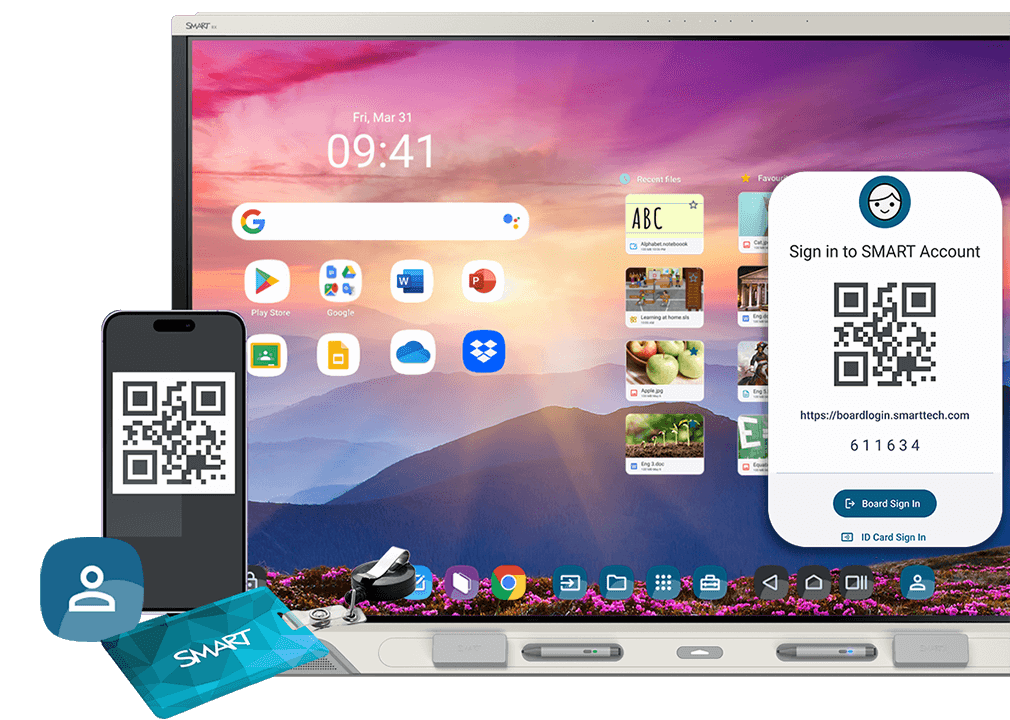
Dismantling barriers for neurodivergent learners
20% of the world’s population has at least one neurodivergent condition.
For the students sitting in our classrooms, that means 1 in every 5 students' brains processes information differently from their peers. We know a sense of belonging improved outcomes for learners and all students benefit from learning with their peers. However, up until now there has been limited person-centered research that focused not on reducing non-normative behaviors but instead on improving educational experiences and fostering environments where neurodivergent learners can thrive.
SMART is committed to delivering outcomes for students around the world and is invested in understanding how we can better serve all neurotypes in the classroom. We partnered with the University of Melbourne to explore how digital technologies can best be utilized within primary and secondary school classrooms to create conditions for inclusive engagement, representation, and action and expressions for neurodivergent students. The result of this study is 36 high-impact recommendations on the effective use of digital technologies to remove barriers for neurodivergent students.
Examining existing research showed that most of the approaches to managing neurodivergent students in the classroom were behavior-based and neurodivergent learners are rarely asked for their feedback on the tech-based interventions they are receiving. In direct response to this, we conducted an exploratory case study in 6 Australian schools that looks at learning differences through a strength-based lens and incorporates student feedback from both neurodivergent students and their neurotypical peers.
Digital tools are essential for creating inclusive environments
The study found that digital tools are essential for creating inclusive environments that support engagement, representation, action and expression. A clear focus of this report is a framework for balancing the effective use of interactive explicit teaching that aligns with the global movement towards harnessing the Science of Learning with providing for neurodiversity-affirming student agency and voice. When combined with the following practices, the right EdTech helps create personalized learning pathways tailored to diverse strengths and needs, enabling neurodivergent students to thrive in the classroom:
|
Explicit, UDL-focused teaching: Ensures content is clearly presented and understood. |
|
|
Supporting executive functioning: Digital tools help activate prior knowledge and enhance students’ ability to organize, plan, and recall information. |
|
|
Routines and participation opportunities: Safe, predictable routines create collaborative and engaging learning spaces. |
|
|
Providing digital and physical tools: Offers students agency to choose the right tool to meet their needs, which may vary daily. |
|
|
Addressing technology barriers: Understanding and resolving common challenges, such as power supply issues and troubleshooting, ensures technology doesn’t become a barrier for learners. |
Choose your next step:
Ready to enhance inclusive teaching and learning?
Discover the impact of evidence-based strategies to support learning and engagement for neurodivergent learners in your classrooms. Download the full research report and get insight and support for implementing strategies that foster inclusive learning today.




